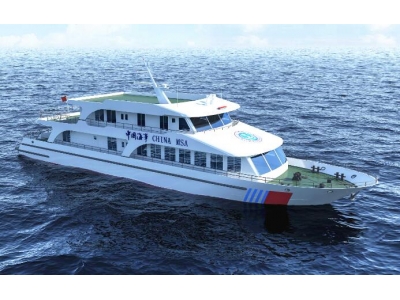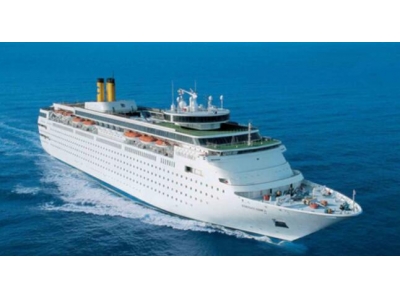Introduction
When it comes to maritime operations, abbreviations play a crucial role in communication and documentation. One such abbreviation that frequently comes up in the shipping industry is the classification of ships according to their weight. Let's delve into the abbreviation of ship's light and heavy and understand its significance.
Ship's Light
When a ship is referred to as 'light', it means that the ship is not carrying any cargo. In the context of abbreviations, a ship's light condition is denoted as L. This abbreviation is commonly used in ship logs, reports, and communication between ship crew and port authorities. It indicates that the ship is empty and not loaded with any cargo.
Ship's Heavy
On the other hand, 'heavy' refers to a ship that is loaded with cargo. The corresponding abbreviation for a ship in heavy condition is D. This abbreviation signifies that the ship is carrying a significant amount of cargo, which impacts its stability, draft, and maneuverability.
Importance of Abbreviations
Abbreviations like L and D are essential for efficient communication within the maritime industry. They provide a quick and standardized way to convey crucial information about the status of a ship, whether it is empty and light or loaded with cargo.
Conclusion
Understanding the abbreviation of ship's light and heavy is vital for all those involved in maritime operations. It streamlines communication, enhances safety, and ensures that everyone is on the same page regarding the condition of a ship. By using these abbreviations correctly, ship crew, port authorities, and other stakeholders can facilitate smooth and organized shipping processes.
Thank you for reading through this article. I hope it has provided a clearer understanding of the abbreviations used to denote a ship's light and heavy condition.


